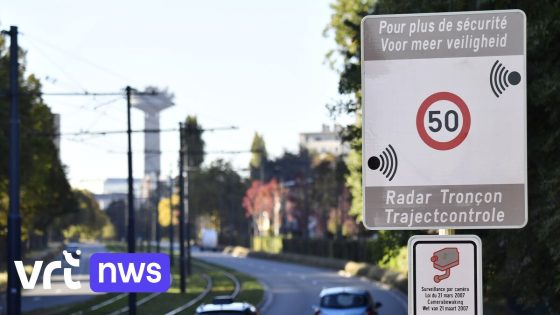How far do Brussels children live from their school? As of April 23, 2025, half of the children in Brussels attend schools located less than 1.2 kilometers from their homes. However, distances vary significantly based on educational level, type of schooling, and neighborhood.
- Brusselse kinderen wonen gemiddeld dicht bij school.
- Afstand varieert per onderwijsniveau en wijk.
- Kleuters wonen mediane afstand van 0,7 km.
- Secundaire leerlingen wonen tot 2 km ver.
- Nederlandstalige kinderen hebben langere afstanden.
- 13% van Nederlandstaligen gaat naar Brusselse Rand.
What are the commuting distances for different education levels in Brussels?
The median distance between home and school varies greatly across education levels in Brussels:
- Kinderopvang: 0.7 km
- Lager onderwijs: 0.9 km
- Secundair onderwijs: 2 km
- Buitengewoon onderwijs: 3.5 km
This data highlights a growing concern about accessibility in urban areas. Notably, Dutch-speaking students have a median distance of 1.5 kilometers compared to just 1.1 kilometers for French-speaking students due to a significant number attending schools in the outskirts like Dilbeek and Zaventem.
The findings underscore the need for continued investment in local education infrastructure. As parents consider their children’s schooling options, understanding these commuting patterns will be vital for future planning and community development.




























